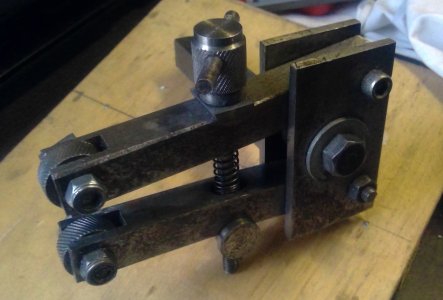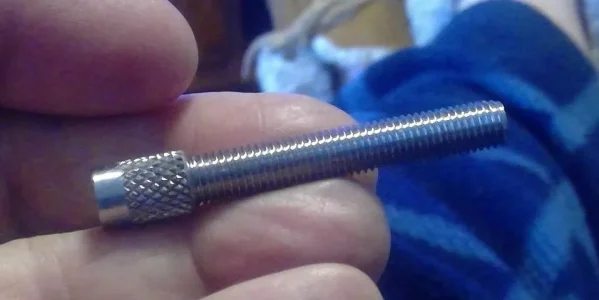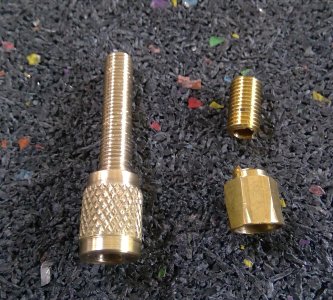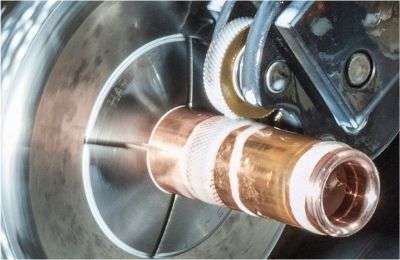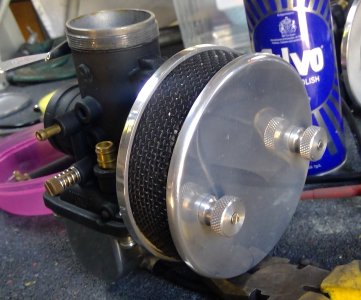Nice bling!
I'm no knurling expert but here's a few thoughts. It might be like describing surface finish; what is acceptable for one person, another may say that's not quite right. I suspect for many of us hobbyists as long as its not double tracking or a mangled pattern we are generally happy. I got exposed to knurling in a machining class (old tymey cross feed bump knurler -ugh). First we did 1" aluminum scrap to get the hang of it,. Easy peesey. Then a 0.75" plumb bob from 12L14 (leaded steel). A bit harder but pretty forgiving alloy. Then a center punch from O1 tool steel, about 3" finer DP knurl on a skinny ~0.4" diameter. The O1 was definitely more difficult, presumably because the material doesn't flow as well & start diameter becomes more critical. Knurling is a rolling deformation process where correct pressure is key. Cut knurling is different again.
Anyway, everyone got one stick of stock & got graded. I was initially happy with my result. Aside from a few exceptions most students looked similar at arms length. Then instructor put them under magnification & the differences really showed up. If the diamonds don't form to a perfect Egyptian pyramid point, deduction. If the pattern height / size/ profile deviates from one end to another, deduction. If the pattern orients on a bit of helix as opposed to axial along the length, deduction. Etc. etc. When you see & feel perfect, crisp knurls they are a thing of beauty. Ever since then I cant help myself but look at knurled tools & objects closely. I think scissor knurls give us the best chance of success on hobby machines when set up & operating properly.

